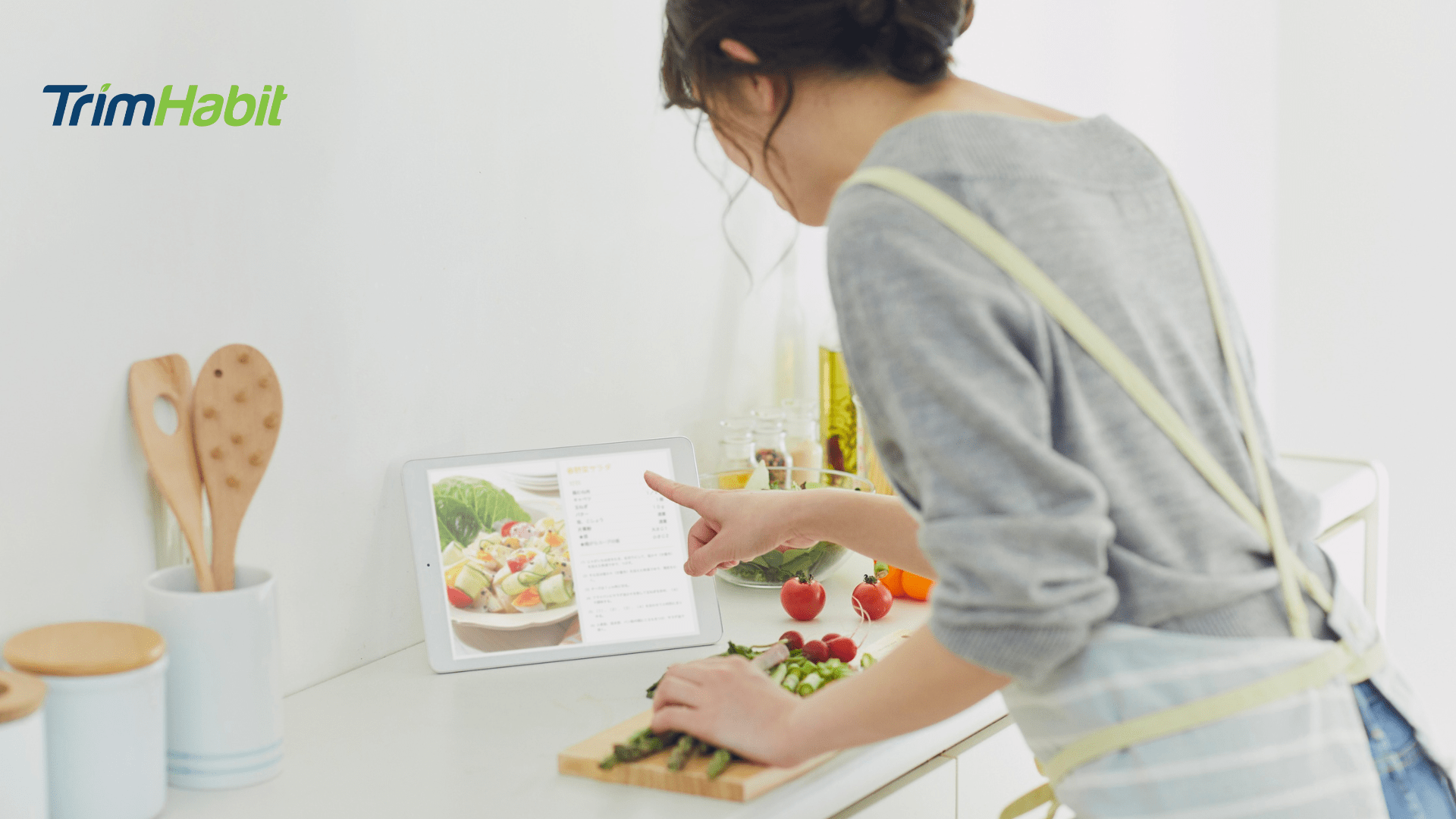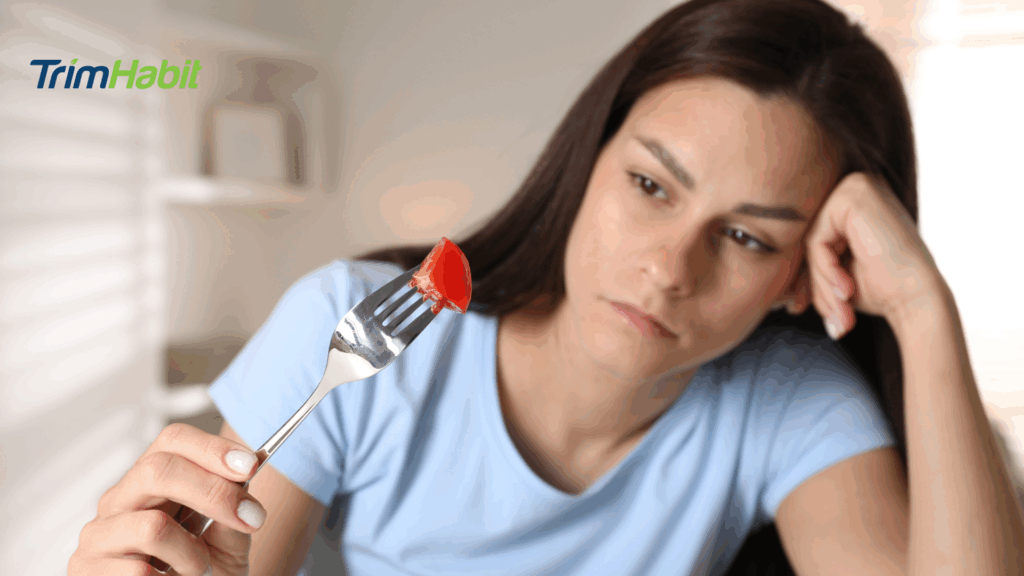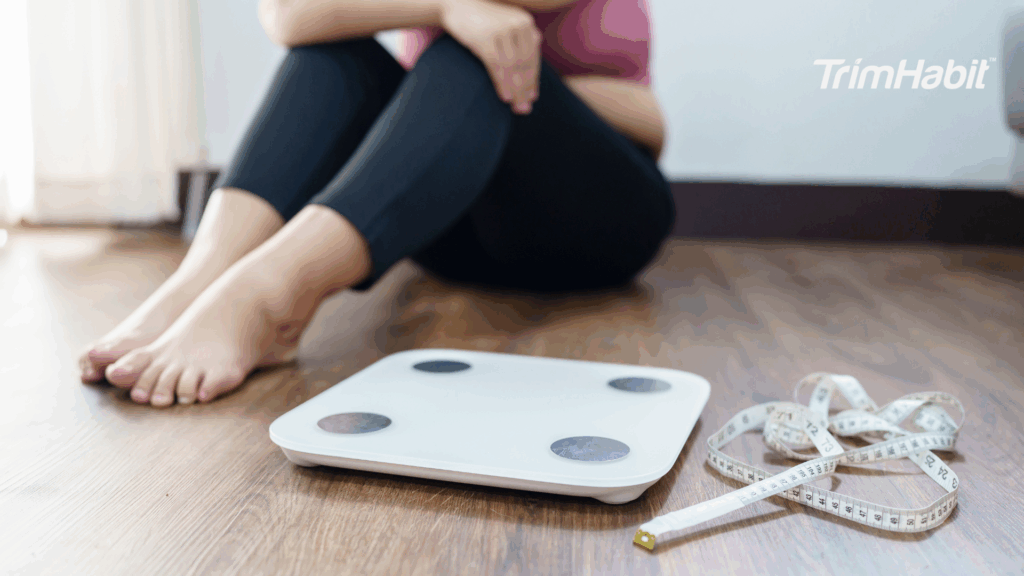When you’re using a GLP-1 medication like semaglutide, choosing the right meals can make a big difference in how you feel and how well your body responds. These medications can help regulate blood sugar levels and support appetite control, but your diet plays an equally important role in achieving long-term weight reduction.
If you’re watching your salt intake, finding meals that are both flavorful and low in sodium might feel challenging. But with the right ingredients and a little creativity, it’s easy to build a balanced meal that keeps your blood sugar levels stable, supports muscle mass, and still tastes great.
This guide includes low-sodium recipes for people on semaglutide, simple meal ideas, and a few tips to help you build a satisfying meal plan that supports your weight loss journey without sacrificing flavor.
Why Choose Low Sodium On Semaglutide?
While semaglutide helps with blood sugar control and weight management, lowering sodium is helpful for heart health, especially if you’re managing blood pressure or have a family history of heart disease1,2. Pairing your medication with a balanced diet that includes nutrient-rich foods like fresh vegetables, lean protein, and healthy fats can help your body work better and feel better.
Key Ingredients To Focus On
Instead of high-sodium packaged meals or fried foods, reach for these easy-to-use and nutritious ingredients:
- Fresh spinach and mixed greens – rich in fiber and low in calories
- Sweet potatoes – a complex carbohydrate that helps keep blood sugar levels steady
- Lean protein like chicken breast, ground turkey, or low-fat cottage cheese – supports fullness and helps maintain muscle mass
- Whole grains such as brown rice, whole grain bread, or oats – keep energy levels steady and support blood sugar balance
- Fresh herbs like fresh dill, cilantro, and parsley – add flavor without salt
- Healthy fats like olive oil, chia seeds, almond butter, and avocados – help with satisfaction and supports heart health
- Greek yogurt – a source of high protein and low-fat options
- Fresh fruit – like apple slices, berries, and bananas to satisfy your sweet tooth without added sugars
Low-Sodium Recipes For People On Semaglutide
1. Savory Ground Turkey and Sweet Potato Bowl
Ingredients:
- 1/2 lb ground turkey
- 1 medium sweet potato, cubed
- 1 cup fresh spinach leaves
- 1/4 cup chopped bell pepper
- 1 tbsp olive oil
- 1/4 tsp garlic powder
- 1/4 tsp black pepper
- Optional: pinch of chili flakes
Instructions:
- In a non-stick skillet over medium heat, cook the turkey until browned.
- Add sweet potato cubes and bell pepper. Drizzle in olive oil and sprinkle in spices.
- Cover and cook until sweet potatoes are soft (about 15 minutes).
- Toss in fresh spinach and cook until wilted.
- Serve warm as a balanced meal packed with nutrient-dense foods and lean protein.
2. Overnight Oats with Chia Seeds and Apple Slices
Ingredients:
- 1/2 cup rolled oats
- 1 tbsp chia seeds
- 1/2 cup low fat Greek yogurt
- 1/2 cup unsweetened almond milk
- 1/2 tsp lemon juice
- 1/2 apple, thinly sliced
- Dash of cinnamon
Instructions:
- Mix oats, chia seeds, yogurt, and almond milk in a jar.
- Add lemon juice and stir well.
- Top with apple slices and a pinch of cinnamon.
- Refrigerate overnight.
This easy recipe is perfect for frequent meals that don’t spike blood sugar. It’s filling, fiber-rich, and supports stable blood sugar levels.
3. Low Sodium Spinach and Feta Egg Muffins
Ingredients:
- 4 eggs
- 1/2 cup fresh spinach leaves, chopped
- 1/4 cup diced cherry tomatoes
- 2 tbsp feta cheese
- 1 tbsp chopped fresh dill
- 1/4 tsp black pepper
Instructions:
- Preheat oven to 350°F (175°C).
- Whisk eggs and stir in the rest of the ingredients.
- Pour into muffin tins and bake for 20 minutes.
- Serve warm or store in the fridge for meal prep.
These egg muffins are great for weight management, muscle mass preservation, and are packed with whole foods.
4. Fresh Veggie Wrap with Greek Yogurt Dressing
Ingredients:
- 1 whole grain bread wrap or tortilla
- 1/2 cup shredded mixed greens
- 1/4 cup sliced cucumbers
- 1/4 cup sliced bell pepper
- 1 tbsp almond butter
- 2 tbsp plain Greek yogurt
- 1/2 tsp lemon juice
- Sprinkle of black pepper
Instructions:
- Mix Greek yogurt, lemon juice, and pepper to make a quick dressing.
- Spread almond butter on wrap, add greens and veggies, and drizzle with yogurt sauce.
- Roll and slice.
This light lunch helps keep carbohydrate intake moderate and supports your weight loss and heart health.
5. Brown Rice Stir Fry with Fresh Herbs
Ingredients:
- 1 cup cooked brown rice
- 1/2 cup chopped fresh vegetables (like zucchini, carrots, or snow peas)
- 1/2 cup chicken breast, diced
- 1 tbsp olive oil
- 1 tsp low sodium soy sauce
- 1 tbsp chopped fresh herbs (cilantro or basil)
Instructions:
- In a skillet over medium heat, cook chicken in olive oil until no longer pink.
- Add vegetables and stir-fry for 5 minutes.
- Add rice and soy sauce. Stir to combine.
- Toss in fresh herbs before serving.
With fewer calories than takeout and more nutrient-rich foods, this dish fits a plant-based diet or a mixed-protein plan.
Smart Cooking Tips That Don’t Rely On Salt
It’s easy to assume that flavor comes from salt, but real flavor builds from layers: heat, acid, freshness, and texture. When you want food that excites you but still supports your meal plan, try these:
- Citrus and vinegar: Brighten up vegetables or cooked grains with a splash of lemon juice
- Herbs: Use fresh dill, basil, cilantro, rosemary, or thyme to bring your dishes to life
- Spices: A little garlic powder, cumin, turmeric, or smoked paprika adds depth
- Textural contrast: Add crunchy ingredients like roasted chickpeas, cucumbers, or slivered almonds
- Healthy oils: A drizzle of olive oil adds richness and satisfaction with just a teaspoon
You don’t need to cut fat entirely, just be intentional. Healthy fats from plants or fish help you absorb nutrients and feel full. What you want to avoid is excess saturated fat, often found in fast food, processed cheese, and red meats.
Batch Cooking For The Week
Meal prep doesn’t have to mean eating the same meal every day. You can cook core ingredients ahead of time and mix and match. Here’s how:
Proteins
- Roast a batch of chicken breast or tofu
- Cook ground turkey with black pepper and garlic
- Boil a dozen eggs for grab-and-go snacks
Grains
- Make a pot of brown rice
- Toast slices of whole grain bread and freeze individually
- Prep oats for a few days of overnight oats
Veggies
- Wash and chop mixed greens, cucumbers, and peppers
- Roast a tray of root veggies like carrots and sweet potatoes
- Sauté fresh spinach with garlic and olive oil
Extras
- Portion out servings of Greek yogurt, low fat cottage cheese, or cottage cheese
- Make a simple yogurt-based dip with herbs and lemon juice
- Slice up fresh fruit for quick snacks or toppings
This way, your fridge is full of options that let you build quick, flexible meals throughout the week while keeping sodium and calories low.
Building A Low-Sodium Pantry That Supports Long-Term Success
Your kitchen sets the tone for your eating habits. When you stock it with ingredients that support your health, you make it easier to choose meals that align with your weight loss journey. A low-sodium pantry doesn’t mean sacrificing convenience or taste, it just means being selective and thoughtful about what stays on your shelves.
Build meals around ingredients that give your body something useful: whole grains, fresh vegetables, protein, and fats from real sources.
Here’s what to include in a low sodium, semaglutide-friendly pantry:
Dry Goods
- Brown rice, quinoa, oats, and other whole grains
- Unsalted nuts and seeds, like almonds and chia seeds
- No-salt-added canned beans and lentils
- Dried herbs and spices: garlic powder, black pepper, cumin, turmeric, oregano, chili flakes
- Unsweetened nut butters such as almond butter (check for no added salt or sugar)
- Low sodium or reduced-sodium soy sauce for stir-fries
- Apple cider vinegar and lemon juice for acidity in dressings and marinades
Refrigerator Staples
- Plain Greek yogurt
- Low-fat cottage cheese and cottage cheese
- Washed and prepped fresh vegetables and fresh fruit
- Washed mixed greens, fresh spinach, and other leafy vegetables
- Pre-cooked proteins like grilled chicken breast, hard-boiled eggs, or tofu
- Cooked grains for fast assembly: brown rice, barley, or farro
Freezer Finds
- Frozen unsalted vegetables like broccoli, cauliflower, spinach, and peppers
- Frozen berries for smoothies or snacks
- Lean frozen proteins like salmon, chicken, and turkey burgers (no added salt)
- Whole grain breads or wraps (check labels for sodium content)
What To Avoid
There’s no need to be perfect, but there are some foods that make things harder when you’re trying to keep your blood sugar levels stable and support your weight loss:
- Fried foods: They’re high in fat, salt, and usually leave you feeling heavy and tired
- Highly processed meats and cheeses: Full of sodium and saturated fat
- Sugary drinks and pastries: These spike blood sugar quickly, then leave you drained
- Frozen dinners or canned soups: Even “healthy” versions are often high in sodium
- Fast food items: These can blow through your salt and calorie goals in one sitting
The Big Picture
What you eat while on semaglutide can either support or slow down your results. Choosing lower-sodium, nutrient-rich foods makes it easier to feel satisfied, energized, and strong.
These recipes are about making food that works for your life. They’re not about perfection, they’re about choices that help you feel in control, not restricted. Whether you’re roasting vegetables, whipping up overnight oats, or snacking on apple slices, you’re sending your body the right signals. You’re building health from the inside out.
Low-sodium recipes for people on semaglutide are more than meals. They’re tools for feeling good in your body, keeping your blood sugar levels where they belong, and staying connected to the foods that nourish—not numb—you.
If you need a reset, start with one meal. Make it colorful. Make it simple. Make it from scratch. Let it remind you that food doesn’t have to be complicated to be healing.









